When you move into a new home, you'll have a laundry list of tasks ahead of you. We've got some ideas to make them manageable.
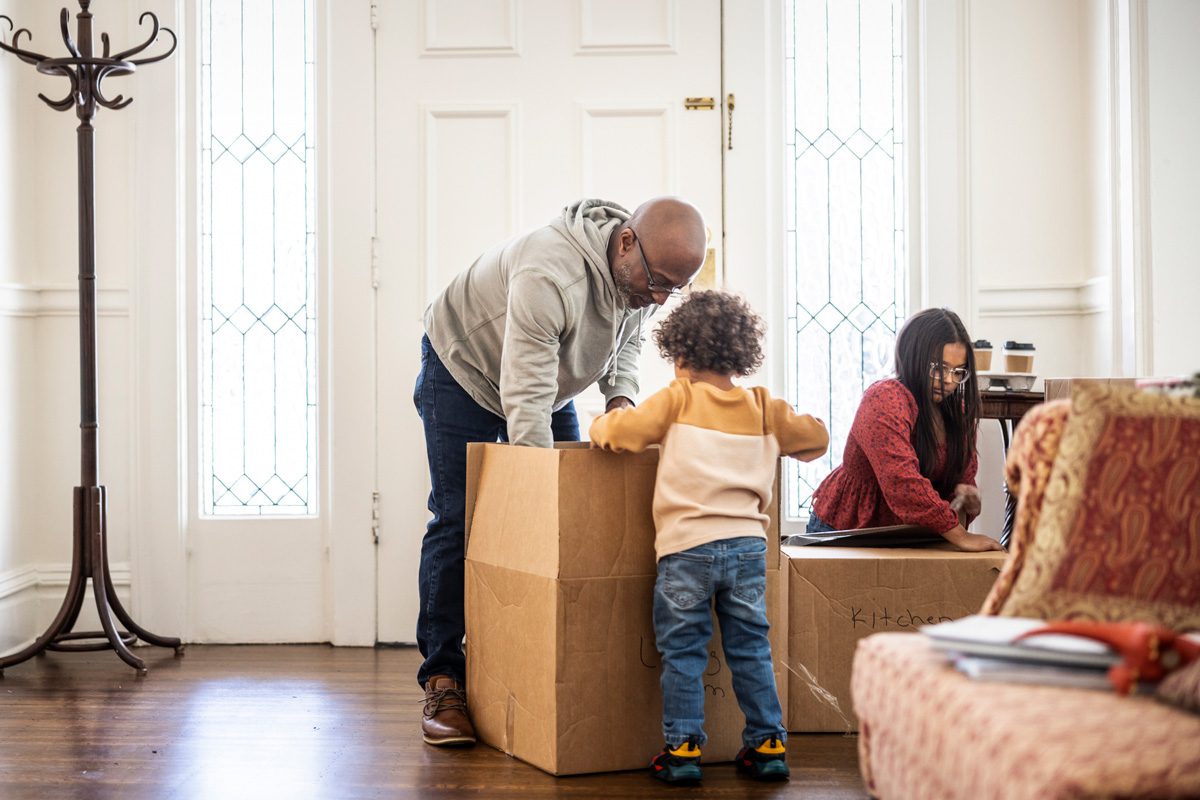
12 Essential Tasks to Complete Right After Moving Into Your New Home


Make a Priority List
The minute you walk into your new home, your mind will be racing with to-dos. Manage the overwhelm by keeping a notebook in a central location and writing down every action item you or your family thinks of throughout the day.
Go slowly, counsels realtor Andrew Fortune. “Walk through every part of the house. Open the cabinets, flush the toilets, and run all the faucets. You might find something you missed from the listing photos or the walk-through.” Prioritize each item with a 1, 2, or 3.
- First priority should be items completed that week – such as safety concerns, cleaning, unpacking essentials, etc.
- Priority two should be tasks completed within the next two months – related to organization, maintenance and remaining unpacking. “Pay extra attention to the roof, the furnace, the water heater, and the structure. Those are the expensive fixes,” says Fortune.
- Priority three tasks should be non-essentials, but improvements and projects you’d like to complete within the year – renovations, landscaping, and large purchases.
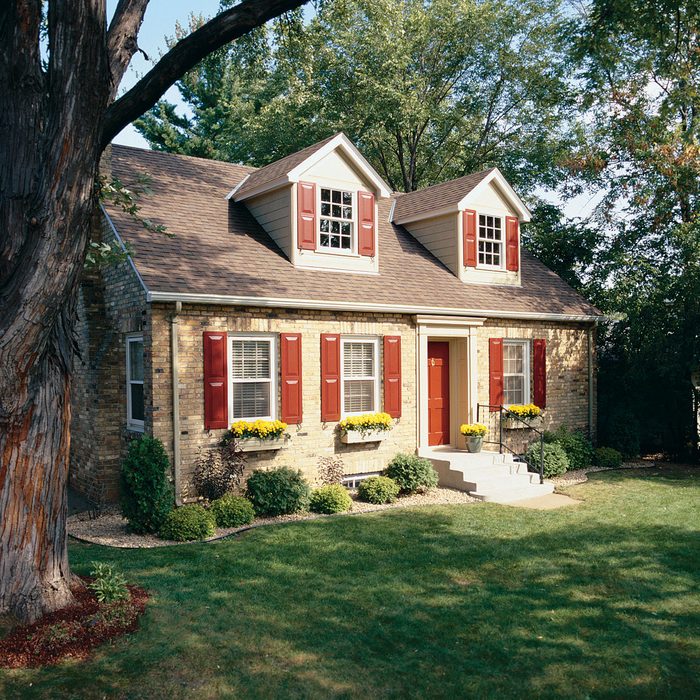
Get to Know Your New Home
“Live in your home for 12 to 18 months before undertaking any major renovations such as additions or knocking down walls. What you initially think you want may change after you’ve lived there for a while.” —reader Fran Carpentier
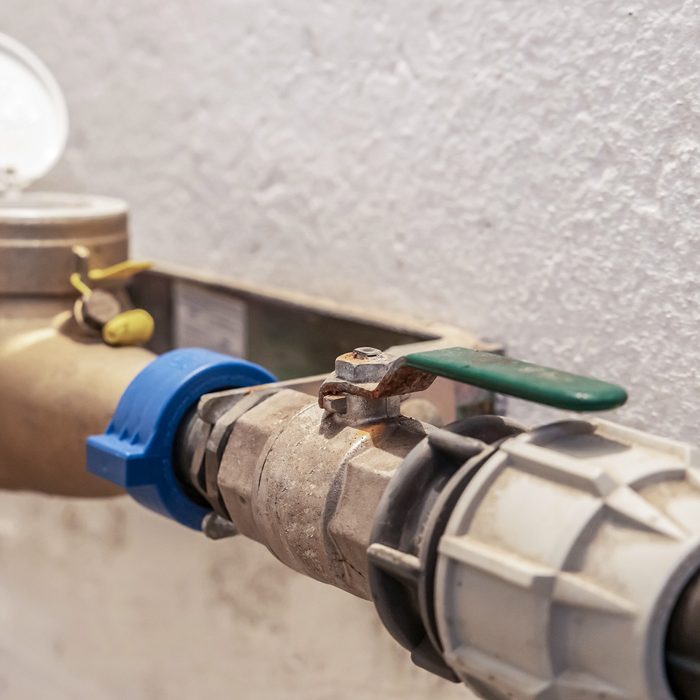
Locate the Main Water Valve, and Check the Sewer
At the top of the list of what to do after moving into a new home is to find the main water shutoff valve in case you need to shut off the water to your entire house. Almost all homes have one main shutoff valve directly before the water meter and another directly after.
The meter location depends on the climate in your area. In cold climates, the meter and main shutoff valves are inside, usually in a basement or other warm area to prevent freezing. In milder climates, the meter and its two shutoff valves may be attached to an exterior wall or nestled in an underground box with a removable lid.
“If your new home has a well or septic system, get it tested and inspected,” advises Andrews. “These is something that often gets overlooked and can be costly if ignored.” City dwellers should always get a sewer scope, says Fortune. “I’ve seen buyers skip it and end up with broken pipes and a $10,000 repair.”
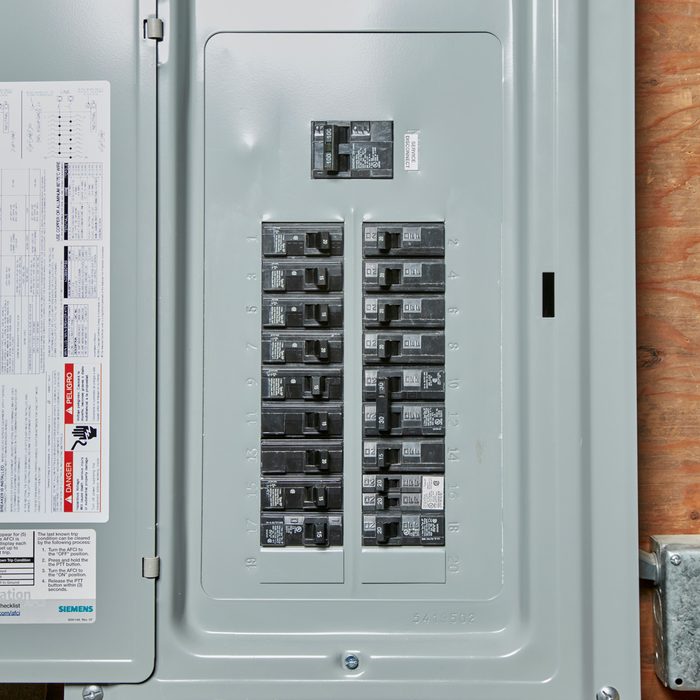
Locate the Electrical Panel
Find the electrical panel so you know where to shut off the power to your whole house or an individual circuit. You’ll usually find the main circuit breaker panel—a gray, metal box—in a utility room, garage or basement. Don’t worry about opening the panel’s door; it’s safe. All the dangerous stuff is behind another steel cover.
Behind the door is the main breaker for the entire house, usually at the top of the panel, and two rows of other breakers below it, each controlling individual circuits. There should be a guide that indicates which outlets and receptacles are served by each circuit. If not, indexing your panel should be on your “just moved in” checklist.
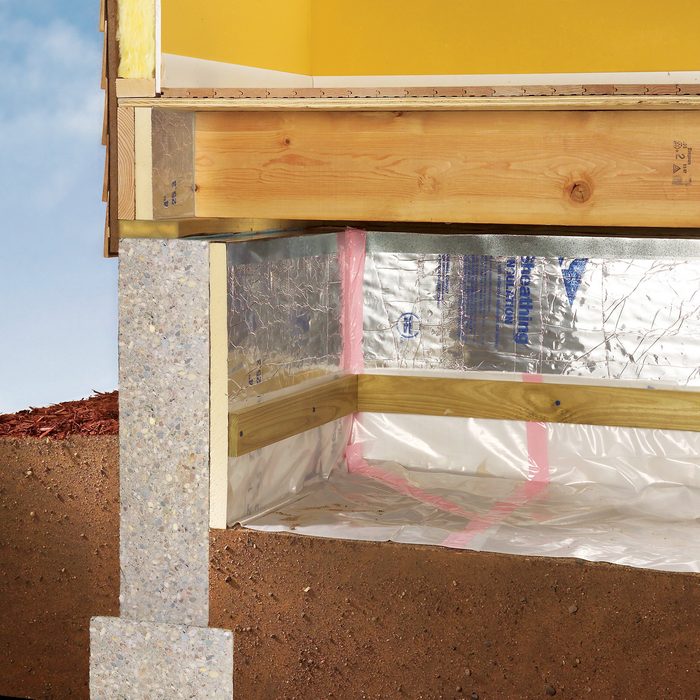
Inspect Crawlspaces and the Attic
It’s good to familiarize yourself with the farthest corners of your home. Check for leaks, bugs, mold and other issues that you should address sooner rather than later. If your crawl space doesn’t have a vapor barrier, make plans to install one soon.

Make One Room a Sanctuary
You won’t be able to make all of the home improvements you want to make right away and it’s best to live in your home for at least a couple of months before starting any major projects. Something that tops your “just moved in” checklist when you first move in may quickly fall to the bottom after you’ve actually lived in your home for awhile.
So, choose one room that requires little work and make it your new-home getaway. You’ll have a place where you can relax and dream about the day when every room in your home is just the way you want it.
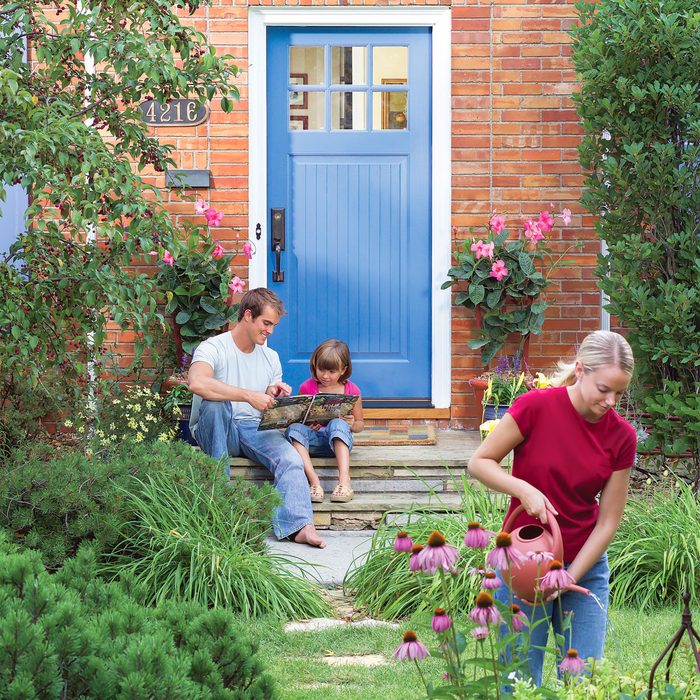
Meet the Neighbors
It’s wise to reach out and extend a friendly gesture to your neighbors as soon as possible. You want to know those around you so that everyone can look out for each other. It’s hard to know if a situation is suspicious if you don’t know the people involved.
Establishing yourself in your neighborhood can also give you access to inside information, like who’s the best plumber in the area and which roofing company to avoid. It can also prepare you for emergencies, which Andrews says is definitely what to do after moving into a new home: “Since I’m based in Florida, I also stress the importance of being prepared for natural disasters like hurricanes. Make sure you know your evacuation zone, keep a stocked emergency kit, and review your insurance coverage carefully—including flood insurance, which is separate from homeowners insurance.”

Check Smoke and CO Detector Dates
“Start by confirming essentials like working smoke and carbon monoxide detectors, especially if you’re moving in with children or elderly family members,” advises Andrews.
It’s important to know where your smoke and carbon monoxide detectors are located and that you have enough of them. Smoke alarms are one of the cheapest, easiest and most effective means of protecting your family and your home from a fire—but they have to be functioning. Bring extra batteries with you when you move in, just in case one of them starts chirping.

Test Your Sump Pump Before the Rainy Season
Pour water into your sump pump to make sure it works. The most common time for one to fail is the first heavy rainfall after months of not being used. The submerged or partially submerged portions of cast iron pumps can rust and seize. When this happens, they’ll burn out when they switch on. You should also find out if you have sump pump backup. A good sump pump installation should include a backup system for breakdowns and power outages.
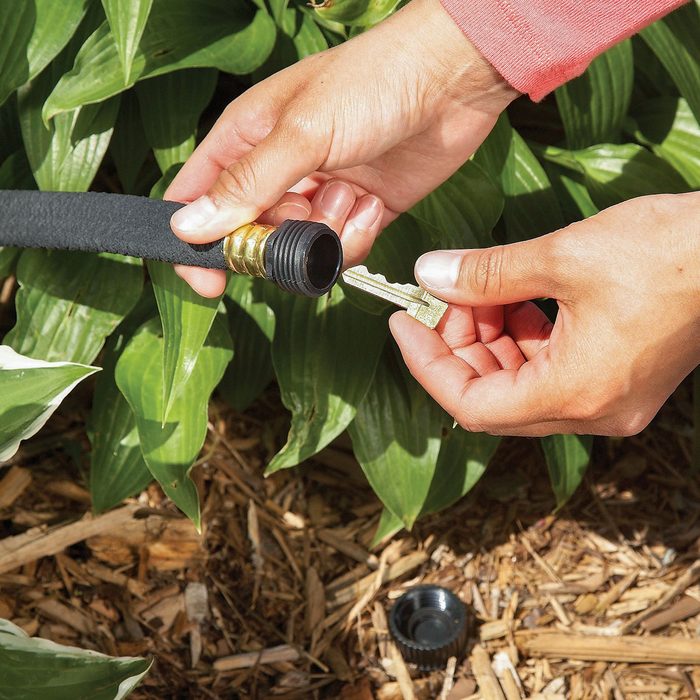
If You Don’t Have Keyless Entry, Hide a Key
If you don’t have keyless locks, be sure to hide a house key so you don’t get locked out. Consider a location other than under the welcome mat, which is where burglars are most likely to look. Choose another place, like inside a garden hose or under a flower pot, far from the door.
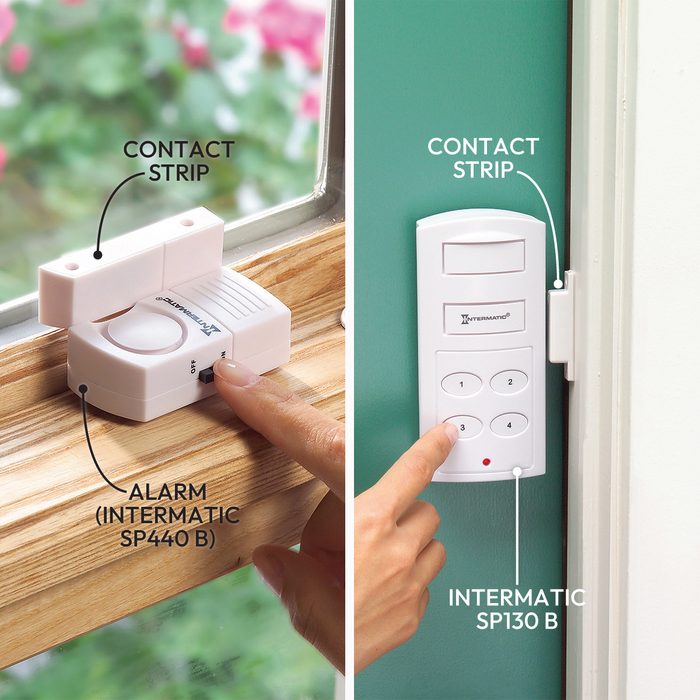
Add Inexpensive Door and Window Alarms
Keeping doors and windows locked is your first line of defense, and installing wireless alarms is your second. Burglars hate noises, so even a small alarm usually sends them running. Alarms don’t provide the same protection as professionally installed monitored security systems, but they’re more affordable and offer an acceptable layer of protection during the early days of living in your new home.
Use the alarms for doors and windows in ‘hidden’ areas of the house where you don’t normally gather and that are often dark. Attach the alarm to the door or window with a screw or double-sided tape alongside the magnetic contact strip. They don’t have to be touching, but within 1/2 in. When the door or window opens, breaking magnetic contact, the alarm shrieks.
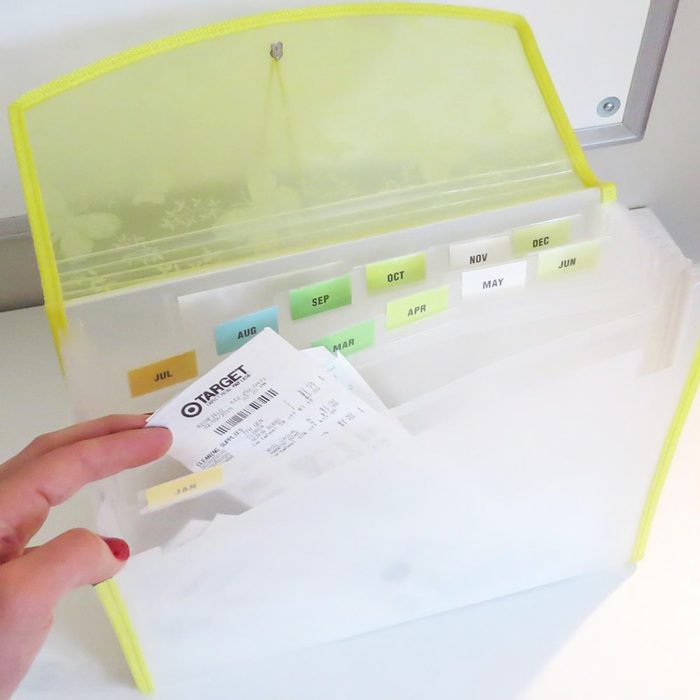
Make a Homeowner’s Journal for Your New Home
“Buy a ring binder and keep insurance papers, repair receipts and all other paperwork pertaining to the house in it. Storing all your house information in one handy place makes life easier for the new homeowner and can be a sales ‘plus’ when selling the house later.” —reader Debora Emmert.
About the Experts
- Danielle Andrews is a Realtor with Realty ONE Group Next Generation.
- Andrew Fortune is a Realtor & Brokerage Owner at Great Colorado Homes.

















